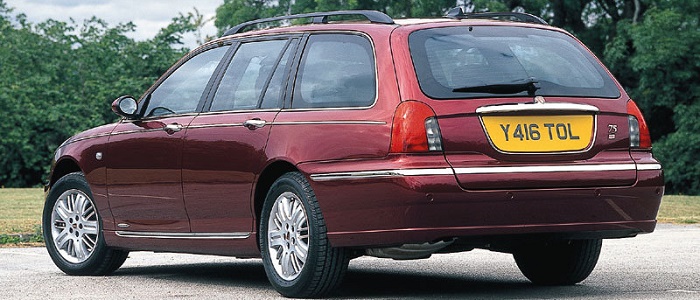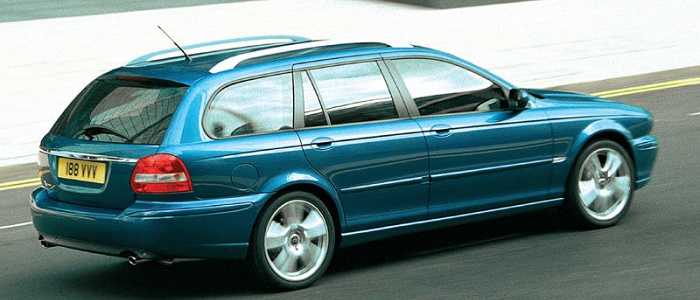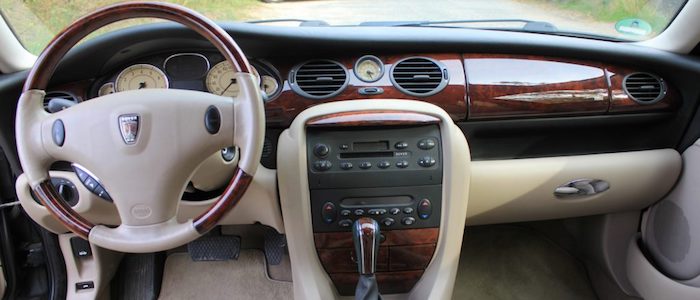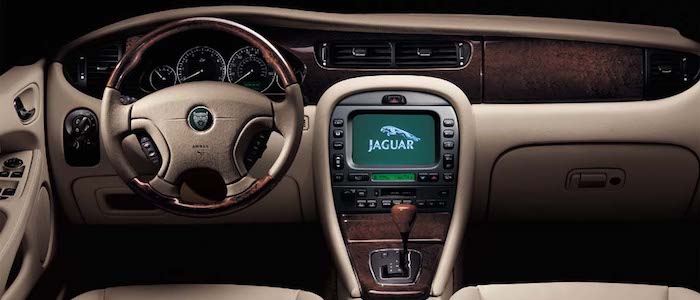Compare two cars
Compare any two cars and get our Virtual Adviser™ opinion
Dimensons & Outlines
Check vehicle history
Engine
Performance (manual gearbox)
Performance (automatic gearbox)
Expenses
Virtual Adviser's™ opinion
We are here considering two somewhat similar cars, but we can't deny some of the obvious differences. For a start, they are not even classified under the same segment, with the Rover being a luxury car and the Jaguar representing large family car vehicle class. The first one has a BMW-engineered powertrain under the hood, a 4-cylinder, 16-valves 131hp unit, while the other one gets its power and torque from a 4-cylinder, 16-valves 130hp engine designed by Ford.
SafetyBoth vehicles got tested by European New Car Assessment Programme (Euro NCAP), with the same number of safety stars gained in the process. Moving further on, let's take a closer look at some additional safety-related facts. The first vehicle is a luxury car and that gives it a marginal advantage over the large family car competitor, at least that's what statistics show. On the other hand, when it comes to weight, a factor that most people underestimate, X-Type offers a marginal difference of 3% more metal.
ReliabilityReliability is not the best thing to consider on the make level, but it is worth mentioning that Rover as a brand displays somewhat better results, all the models observed together. These are the official statistics, while our visitors describe reliability of Rover with an average rating of 4.5, and models under the Jaguar badge with 4.2 out of 5. The same official information place 75 as average reliability-wise, and X-Type is more or less at the same level.Above it all, drivers of cars with the same engine as Rover 75 rank it on average as 3.9, while the one under the competitor's bonnet gets 4.1 out of 5.
Performance & Fuel economyJaguar is undoubtly more agile, reaching 100km/h in 1.1 seconds less than its competitor. In addition to that it accelerates all the way to 198 kilometers per hour, 13km/h more than the other car. When it comes to fuel economy things look pretty much the same for both cars, averaging around 5.8 liters of fuel per 100 kilometers (49 mpg), in combined cycle.
Verdict
Rover appears just a bit more reliable, although the difference is truly marginal. The most important thing when deciding between any two vehicles should always be safety, both passive and active. In this case though, it seems that both cars show similar levels of passenger protection all together, so that won't break a tie. But one thing that actually could is the performance, with Jaguar outracing its opponent in any situation possible, making it better choice for boy racers. Fuel consumption is more or less the same. It's not difficult to say then that if I'd need to make a choice, it would definitely be the Jaguar. Nevertheless, let's not forget that people have different preferences and needs, so what really counts is your personal feel. I'm only here to help. I suggest you spend two more minutes in order to find out which car, based on your needs and budget, would be picked by the virtual adviser™, among more than 12.000 different ones in our database.

































